_Idiorrhythms_Arrangement_01
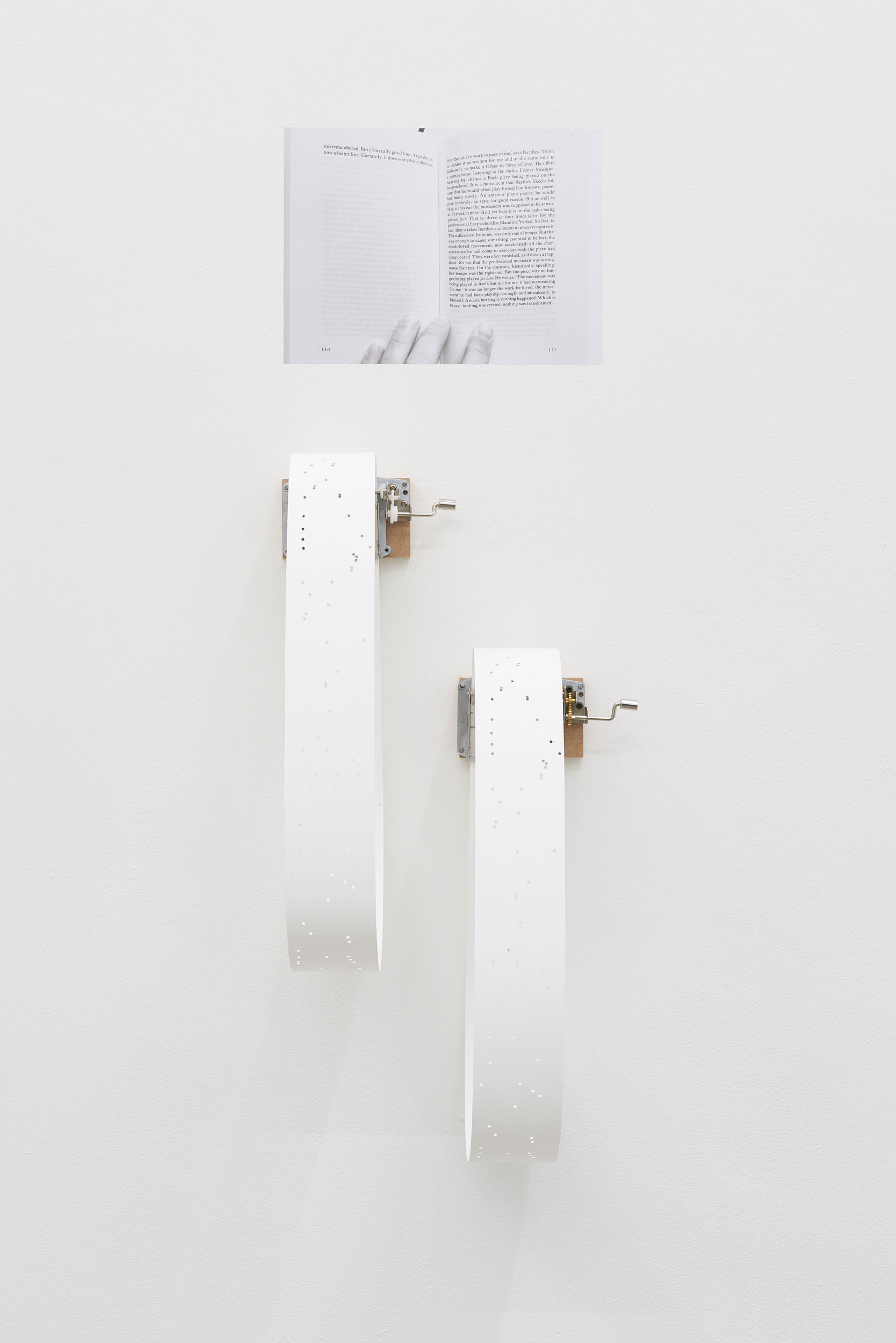
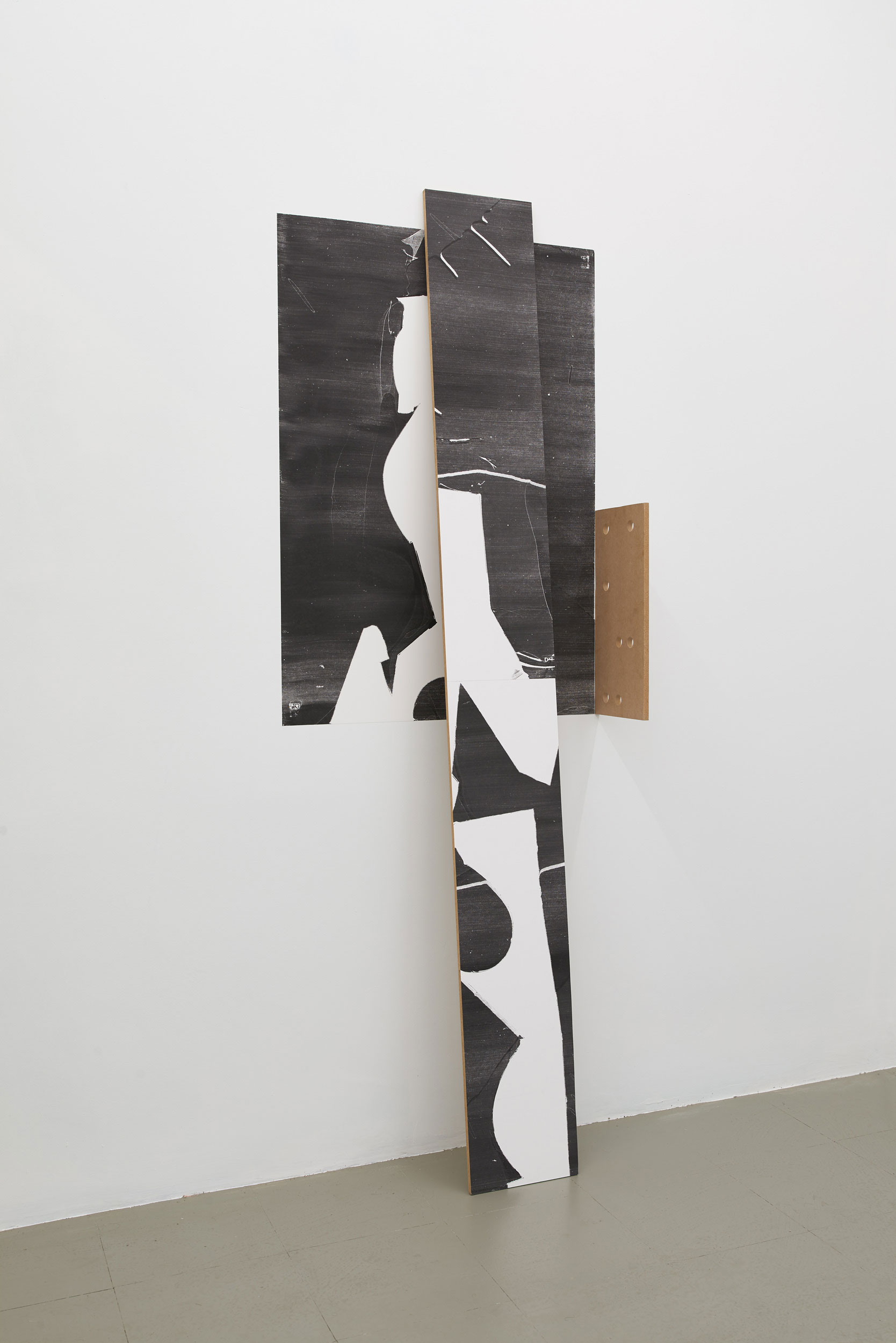
2020
IDIORRHYTHMS: Arrangement #1 / SCAN Projects (London, UK)
This project originates from a fragment by translator Kate Briggs in her book 'This Little Art', in which she reflects on her experience translating Roland Barthes’ last talks and notes, compiled in his posthumous book 'How to Live Together' (2013). Briggs’ text raises questions about translation as a discipline and Barthes' thinking about writing, music and rewriting that are of interest in Fernando M. Romero's artistic practice. The text has been erased of its content and reduced only to its punctuation, to its rhythm or cadence. As such, it is used by the artist as a 'score' that originates the different elements of the project.
The notions of appropriation, (re)writing and transmission translate on the surfaces of the modules and pieces that articulate the installation. The hand, gesture and contact in relation to the act of writing or reading (Braille), or even sign language, have been subjects of interest in the artist's production for some time. Now, the transfer of matter or the random gestures and traces on various surfaces acquire a new reading in the context of the recent period of confinement.
These processes of transfer between surfaces are materialized in a series of modules or structures in wood, paper and black ink, which are perforated following the punctuation of the original text, acquiring value as autonomous semantic containers that can be arranged in space in multiple possible configurations, thus reflecting its own internal grammar.
They work halfway between lines of writing lines, a punched music sheets, blackboards, tables, or benches, and are punctuated and traversed by a white cotton rope that echoing knot-based proto-writing systems, introduces a new reading layer to the installation. With one end dipped in a black ink container which will gradually impregnate it, the rope acts as a temporary record, reinforcing the idea of transmission and time folding on itself (or slowed down). The installation is therefore activated and writes itself unpredictably during the duration of the exhibition.
The original text is also transcribed in two music boxes installed on the wall, which as interactive elements, invite the viewers to 'play' and 'read' the score in a rhythm and manner of their own, creating the possibility of a sound dialogue and of interference.
In this way, the project conceives communication as an always open and unfinished conversation, which requires our participation to make sense. Distance and rhythm (or the difference thereof) are linked in the Barthesian notion of 'idiorrhythmy', or as he defined it in 'How to Live Together', in a ‘socialism of distance’.
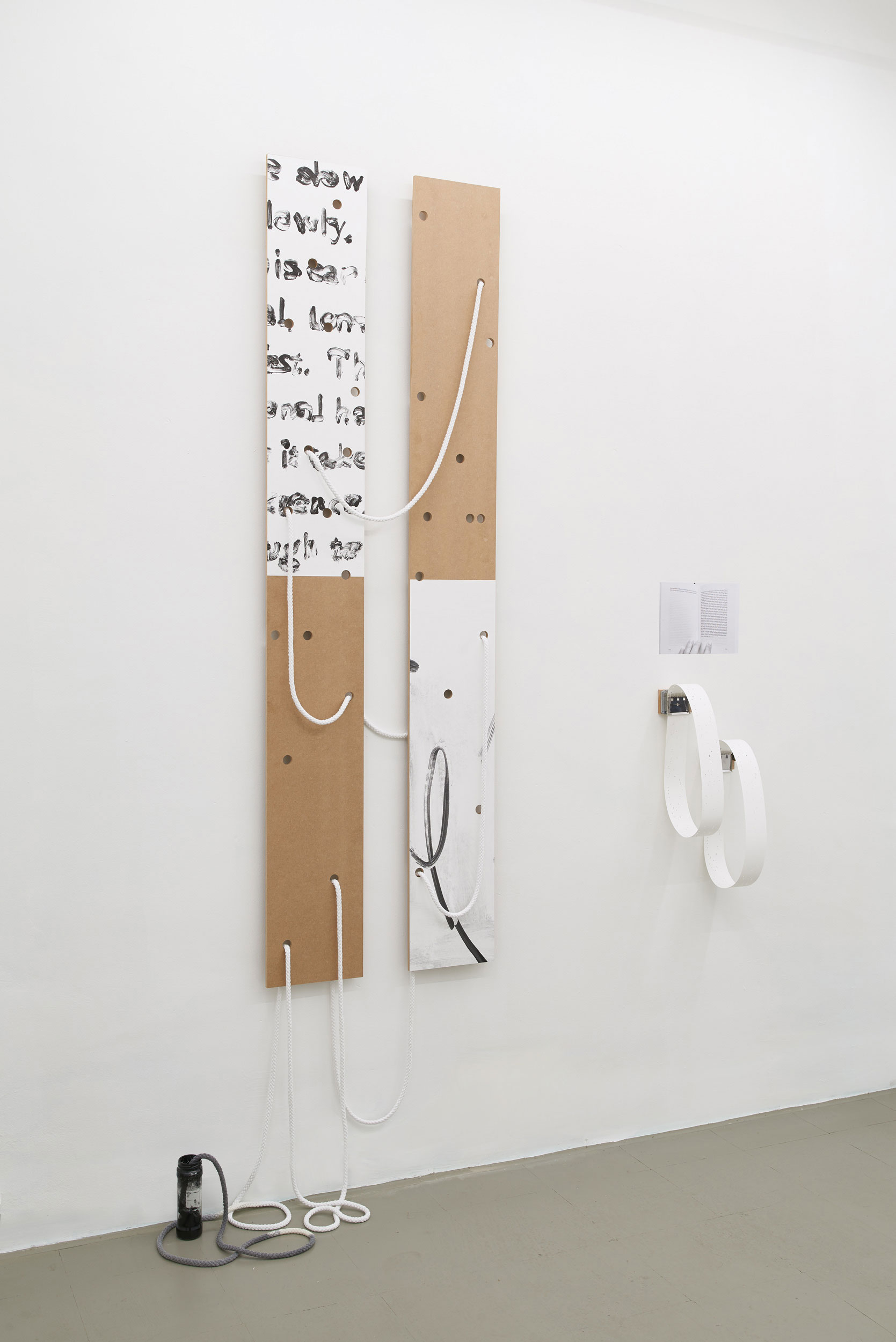

Oil on paper, wood, cotton cord and oil paint. 250x100x30cm. 2020
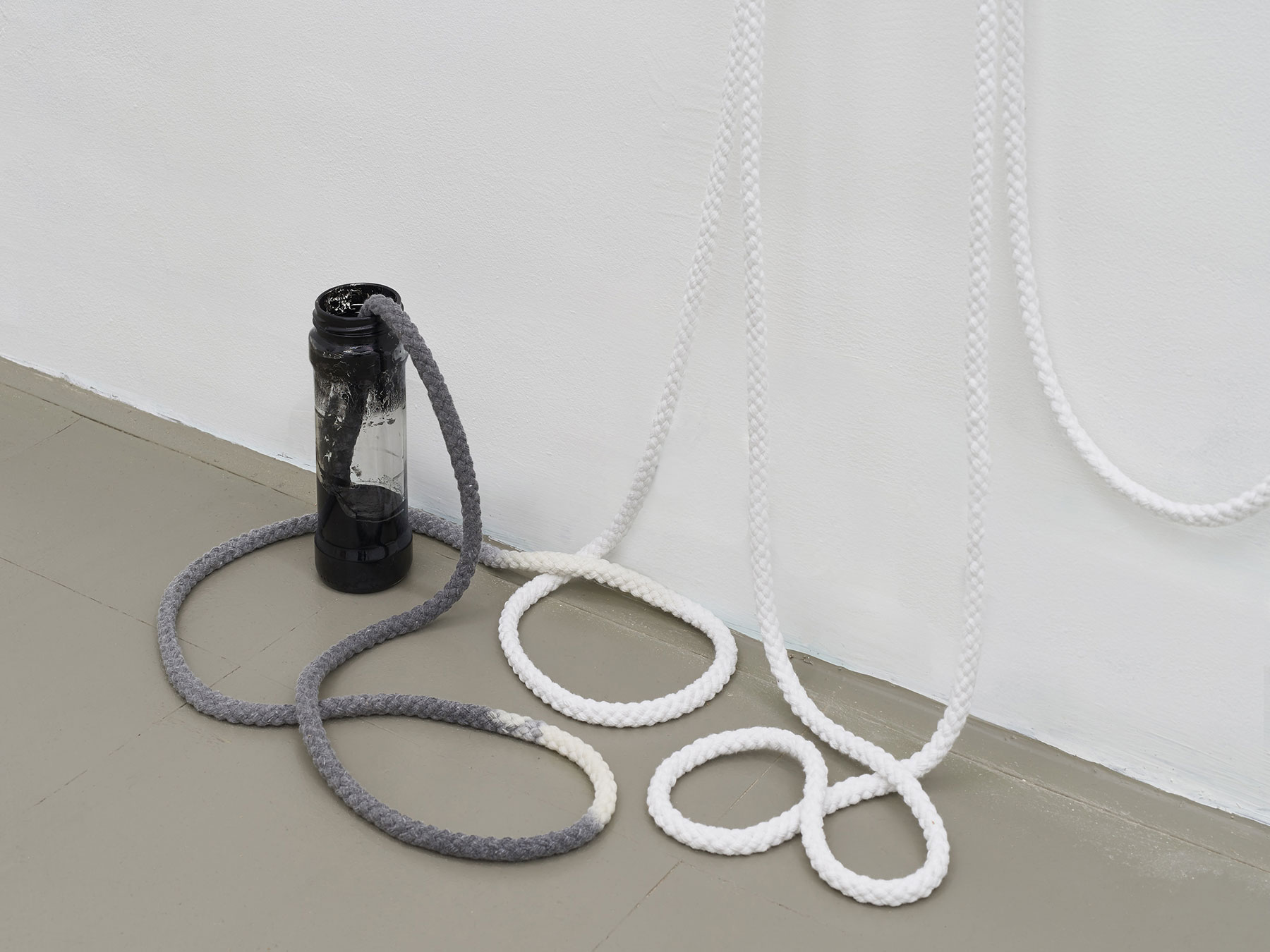
(detail)
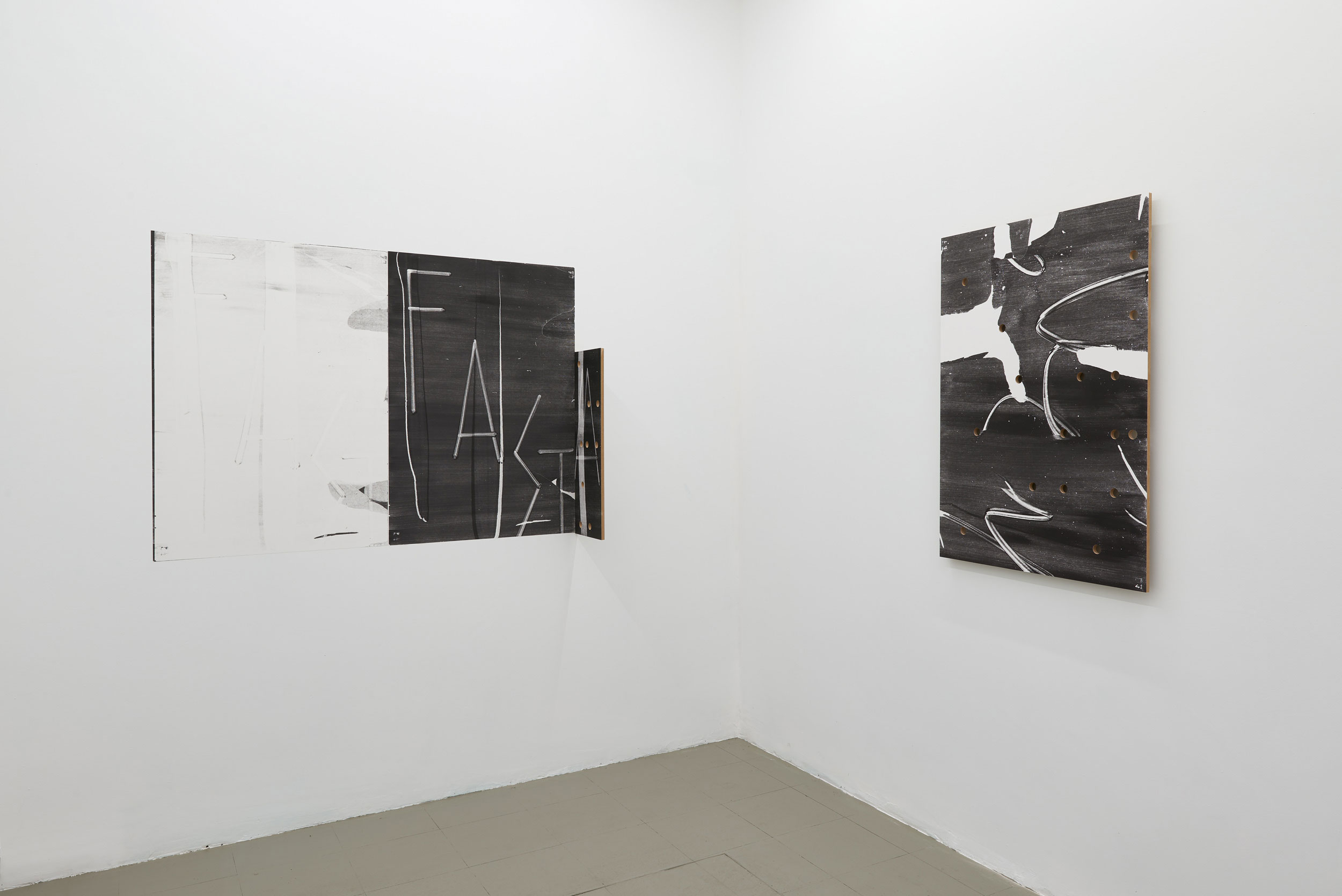
 Idiorrhythms. Movement #1
Idiorrhythms. Movement #1
Oil on paper mounted on wood. 100x70x7cm. 2020
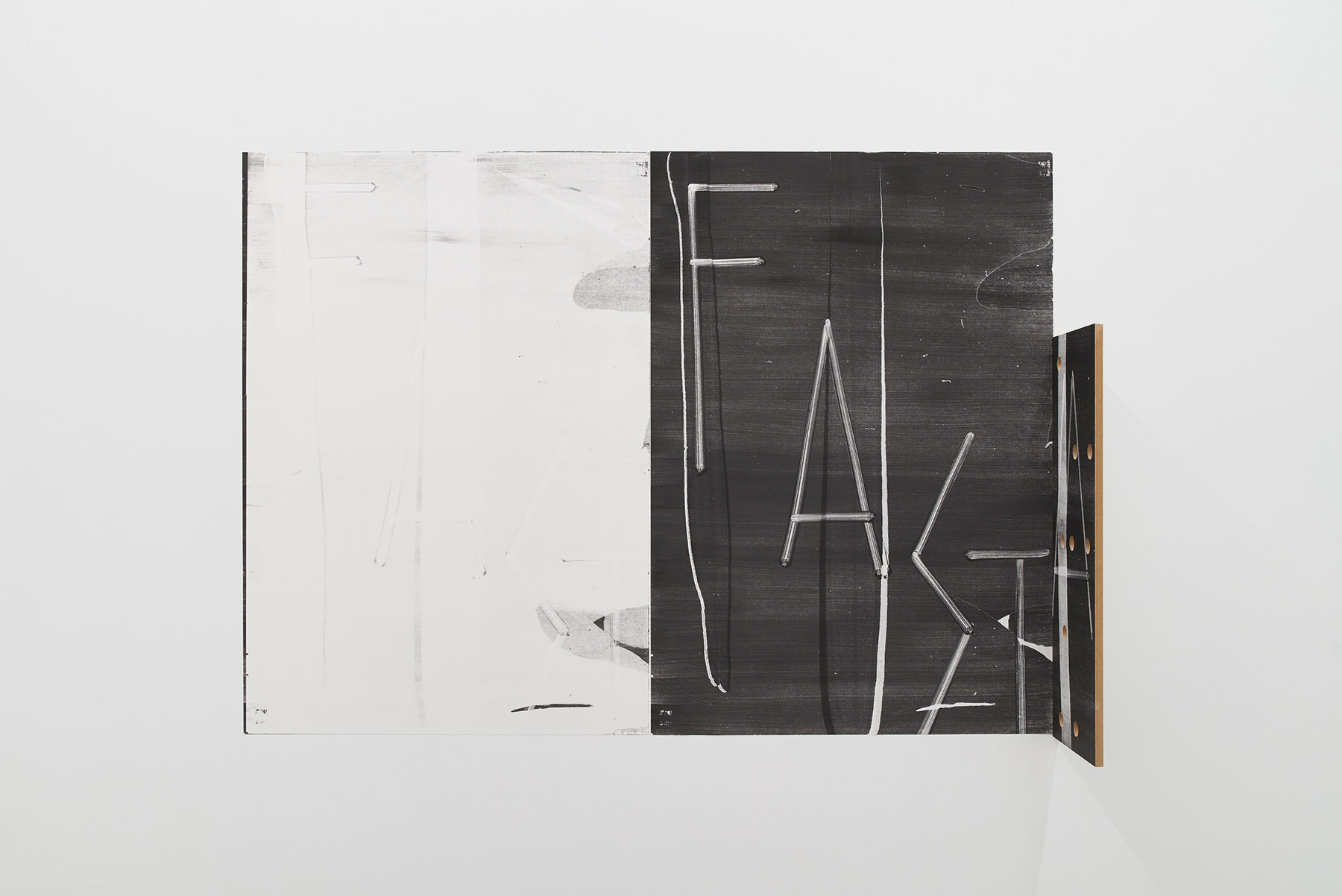 Three times faster
Three times fasterOil on paper and wood. 140x100x30cm. 2020
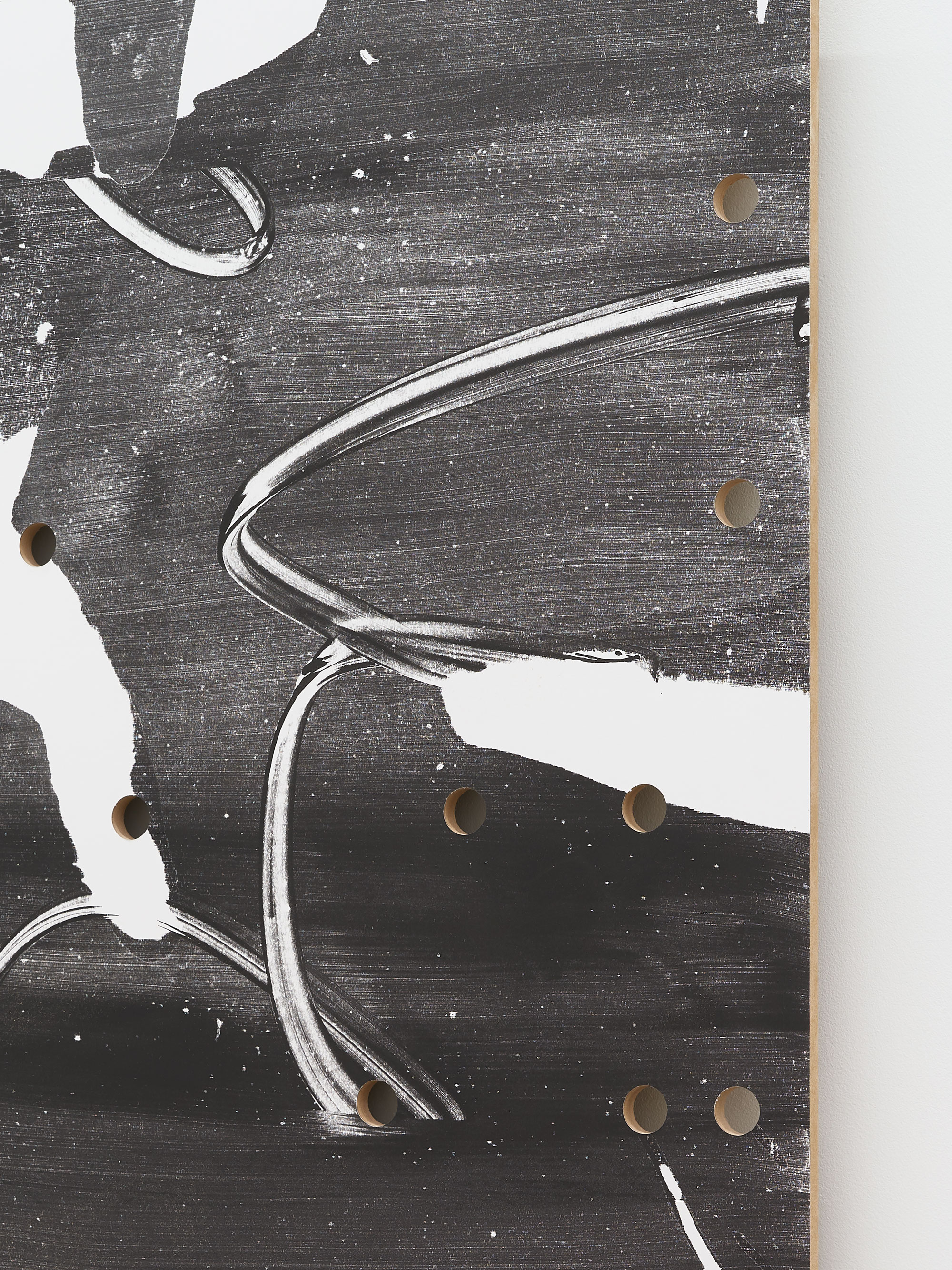

Inkjet print, music boxes and punched scores. 100x30x30cm. 2020

(detail)


Idiorrhythms. Movement #2
Oil on paper and wood. 200x70x30cm. 2020

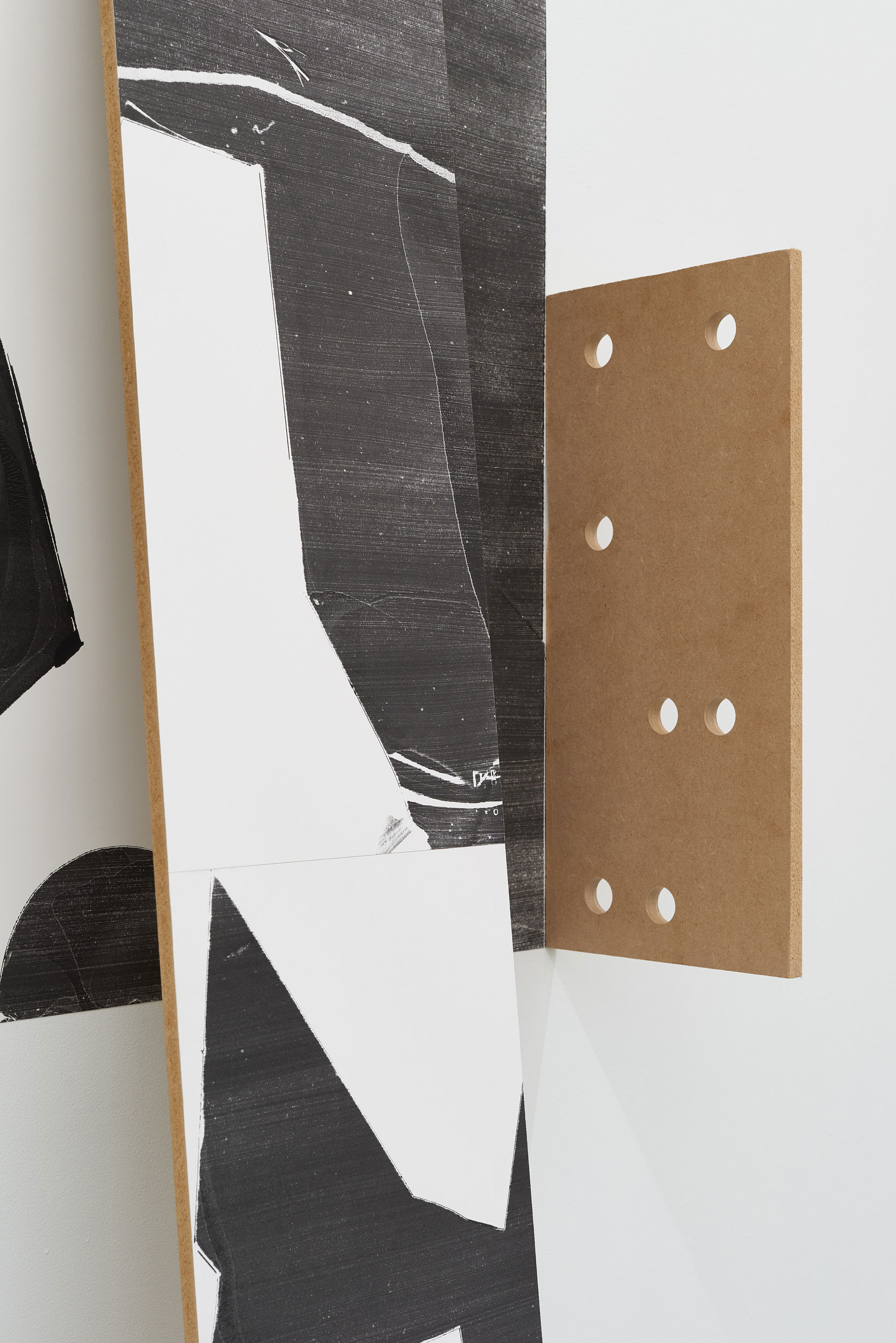

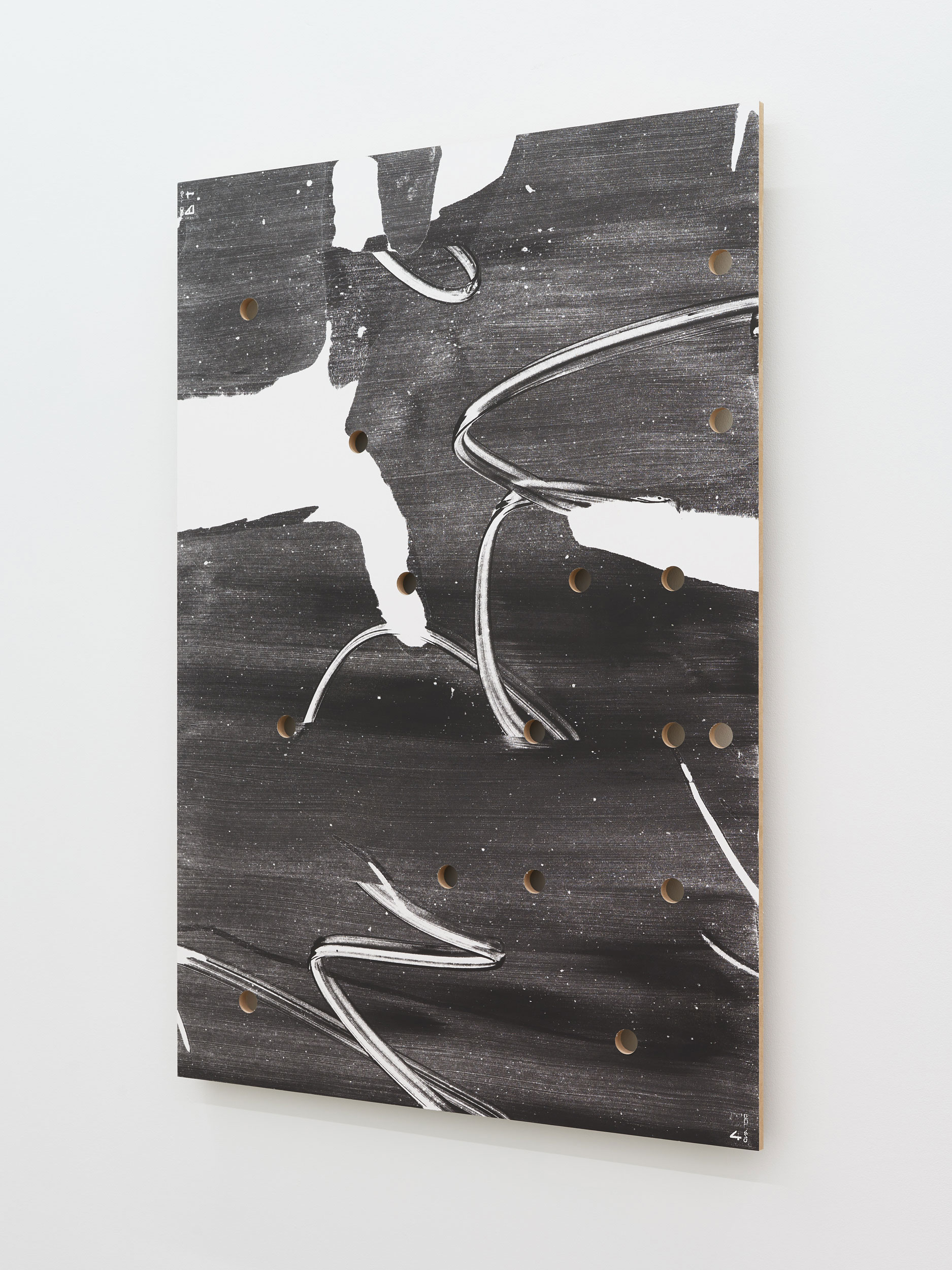

(detail)

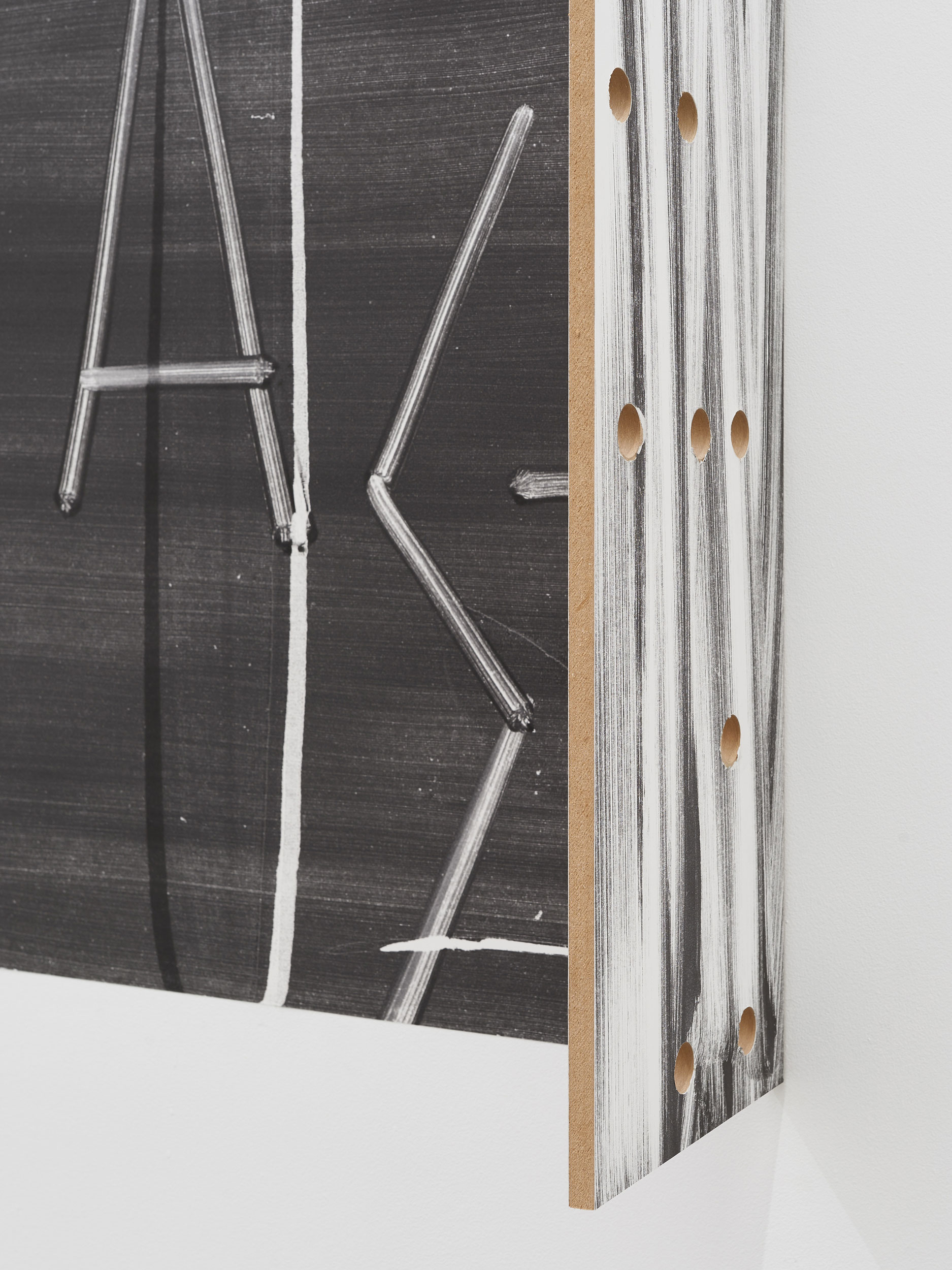

(detail)